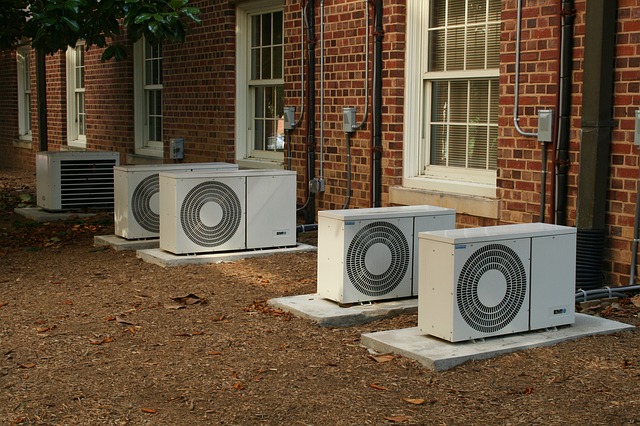If you have ever wondered how does AC work, you’re not alone. The air conditioner’s ability to eradicate heat in the air so easily and then make the air so cool and comfortable is still a mystery to many. So, at a point you must have asked how does AC work?
In this article, we’re going to explain how air conditioner works using plain languages to make the process easier for everyone to understand. In fact, you don’t have to be an HVAC expert to understand the process.
The air conditioner is an amazing piece of tech work that makes our homes, businesses, and several other spaces feel more comfortable. But how exactly does this piece of tech work? In just one sentence, an air conditioner can cool almost any space by getting rid of heat from the indoor air and releasing it outdoor. Though this process sounds so simple, it requires several components working harmoniously to produce cool air.
A chemical refrigerant in the air conditioning system soak up the undesired heat and propels it through a system of piping to the outside coil. Meanwhile, the fan attached to the outside unit, blows the outdoor air over the hot coil, conveying heat from the refrigerant to the outdoor air.
Air Conditioner Components
How does the AC work? Most of the AC units you see today have five major mechanical components:
- A chemical refrigerant
- A compressor
- Blower
- A condenser
- Evaporator coils

How Does AC Work? Let’s Get Down to The Basics
Most of the AC units available in the market today operate through a split system. This means these units are made up of the ‘hot components’ and the ‘cool components.’ The hot component is also known as the condensing unit. These include the condensing coil, the fan, and the compressor. All these are designed to be on the outer part of your home.
In contrast, ‘the cold components’ is made up of an expansion valve and a cold coil and its often a part of your furnace or any other type of air handler. On its part, the furnace blows out air through an evaporator coil which is responsible for cooling the air. Afterward, the cool air is channeled throughout your home via various air ducts. The operation is similar to that of a window unit. The key difference is that both the hot and the cold components are placed within the same housing unit.
The compressor, described as the heart of the system is one of the key components of an air conditioning unit. Also, the compressor is controlled by the thermostat. The compressor functions as the pump, making it possible for the refrigerant to flow through the system.
The compressor’s key function is to soak in low pressure, low temperature, and refrigerant in a gaseous state. Also, by compressing this gas, increase the temperature and pressure of the refrigerant. This high temperature, high pressure gas then runs to the condenser coil.
So, what’s the condenser coil? It’s actually a string of piping with a fan that pulls outside air across the coil. As the refrigerant goes through the condenser coil, while the cooler outside air goes across the coil, the air soaks up heat from the refrigerant which triggers the refrigerant to condense from a gas to a liquid state. As it flows, the high-pressure, and high-temperature liquid then gets to the expansion valve.
On its part, the evaporator coil is a string of piping linked to a furnace or air handler that blows indoor air through it, to trigger the coil to soak up heat from the air. Once the heat is out, you’ll enjoy cooler comfortable air.
How does your house get the cooled air? Through ducting! the entire cycle starts all over again as the refrigerant flows back to the compressor. It’s a simple and yet effective process.
